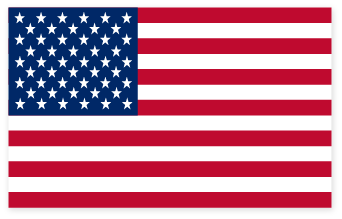Since the Mitzvot are being performed at the same time one bracha of Shehecheyanu will suffice. If you relay want to make two brachas then the father should do his first while the baby waits outside then make it again for eh baby.
Explanation:
The Rishonim discuss what to do when there are Brit MIlah on the same day.
The Sefer HaIttur writes: When there are two babies to do Mila on in the Bet Knesset, since we can’t do the Mila at the same time each one requires a bracha.
The Rosh writes: he who has tow babies to do milah on or two Chatanim he should say one bracha for both, So by the first one should say Al HaHamila and after the second Asher Kadash Yedid Mibeten.
Even though the Rosh says we must say one bracha, what if they are not there the same time?
The Rosh is of the opinion that even though the baby is not ready, he says the bracha on the first baby and that will exempt the second. The Mordechai though argues that they both need to be there at the same time.
The Shulchan Aruch (YOD 265:5) rules like the Rosh: Someone has two babies who need Mila, he should make one bracha for both of them. Even if there ae tow Mohelim, the first one holds say the Al Hamila on the first baby and that will exempt the second. The second one should say Asher Kadash Yedid and that will work for the first as well. Even if the baby is not there the first bracha exempts the second since he thinks about him also, as long as he does not have Hesech Hadaat. The Rema adds,” If he did speak in between or if he did not have the second ay in mind then he need sot says Asher Kadash Yedid on the first one and then say the brachas on the second baby. That is only if he spoke things unrelated to the Milah but id it was related to the Mila it is not a hefsek. If the babies are from one father, the father says the bracha of Lehachnisam BiBriso, and he should say Kayem es HaYeladim.”
The B”ach writes in the case of two babies it is better to Shulchan Aruch bracha on each one. However, in a place where the minhag is to Shulchan Aruch only one you should follow that minhag. If you are in a new community then one would bring each baby in individually and then say bracha on each baby.
So rules the Shulchan Aruch (265:15): It is better to do that since many times there is a hefesk in between with discussing other things that is an interruption.
Therefore, it is better to say two brachot on each baby separately and not one for both. So too for the bracha of Shehecheyanu by the Brit Milah. The Shu”t Darkei Noam writes in the case of twins the custom is to make two brachot one for each baby, so too with Shehecheyanu. After the first Milah one should say Hamalach etc.. In order to create and interruption.
Even though we say ‘bazeman hazeh,’ at this time and they are both having a mIlah at around the same time, it is just like if you bought a suit and started wearing it and then bought another one later then say. Of course, you need to say two brachot.
Therefore, it seems that if the babies’ Milah are performed one after the other, then you may say a bracha on each including Shehecheyanu. However, if they are both here at the time then you say one Shehecheyanu.
So Ruled R’ Ovadia Yosef by Shehecheyanu on two fruits. If he has two fruits in front of him and they are new fruits he should say Shehecheyanu and exempt both of them. However, if he eats one then the second one comes, then you say Shehecheyanu, and no one and it is better to have specific intent that the bracha to only go on the fruit in front of him, a and then bring the second.
In our case though, since the father has to be by both Pidyons then he should say Shehecheyanu once on both. If you do the father’s first and then bring in the baby you may say two brachot.



